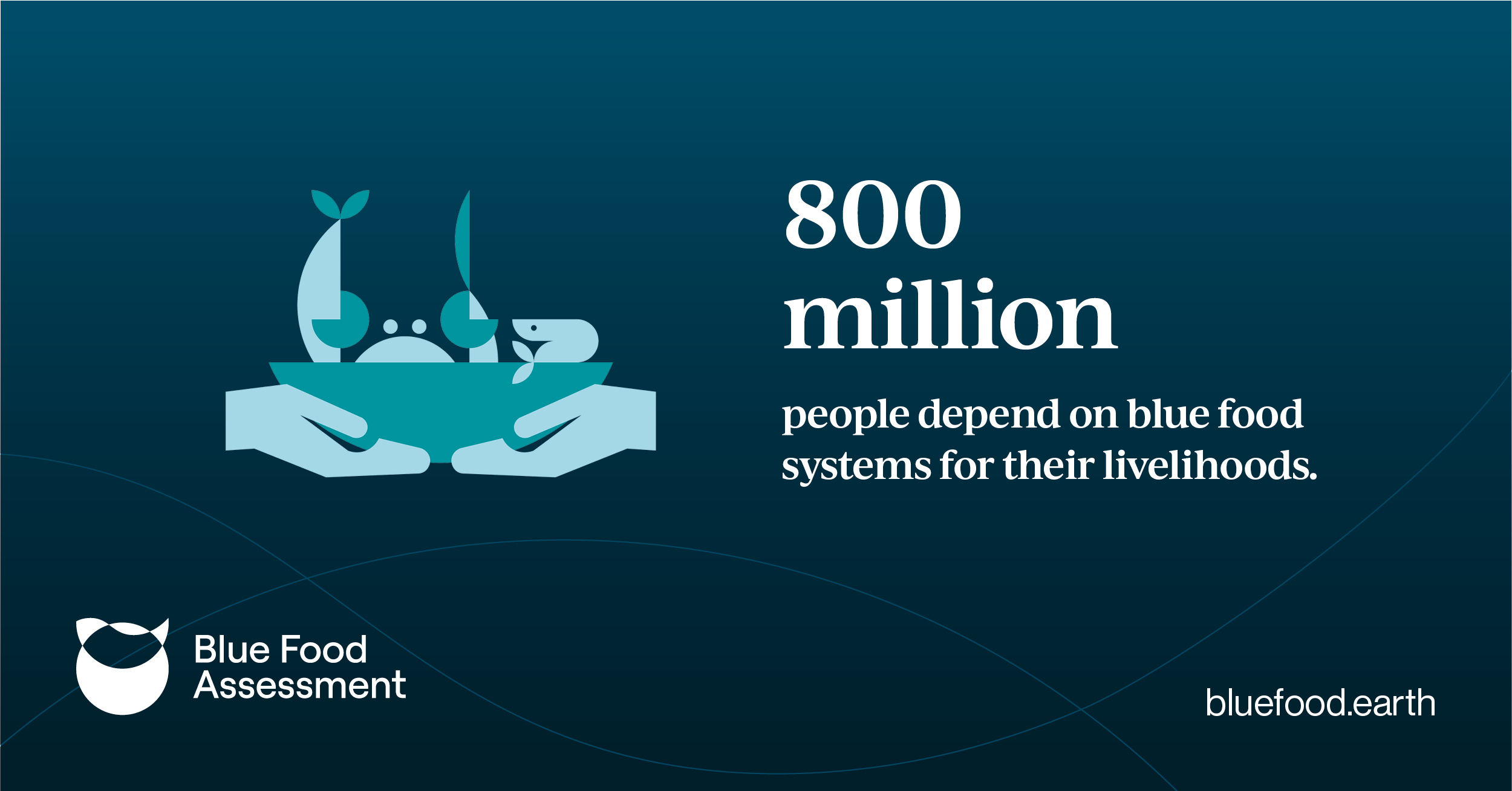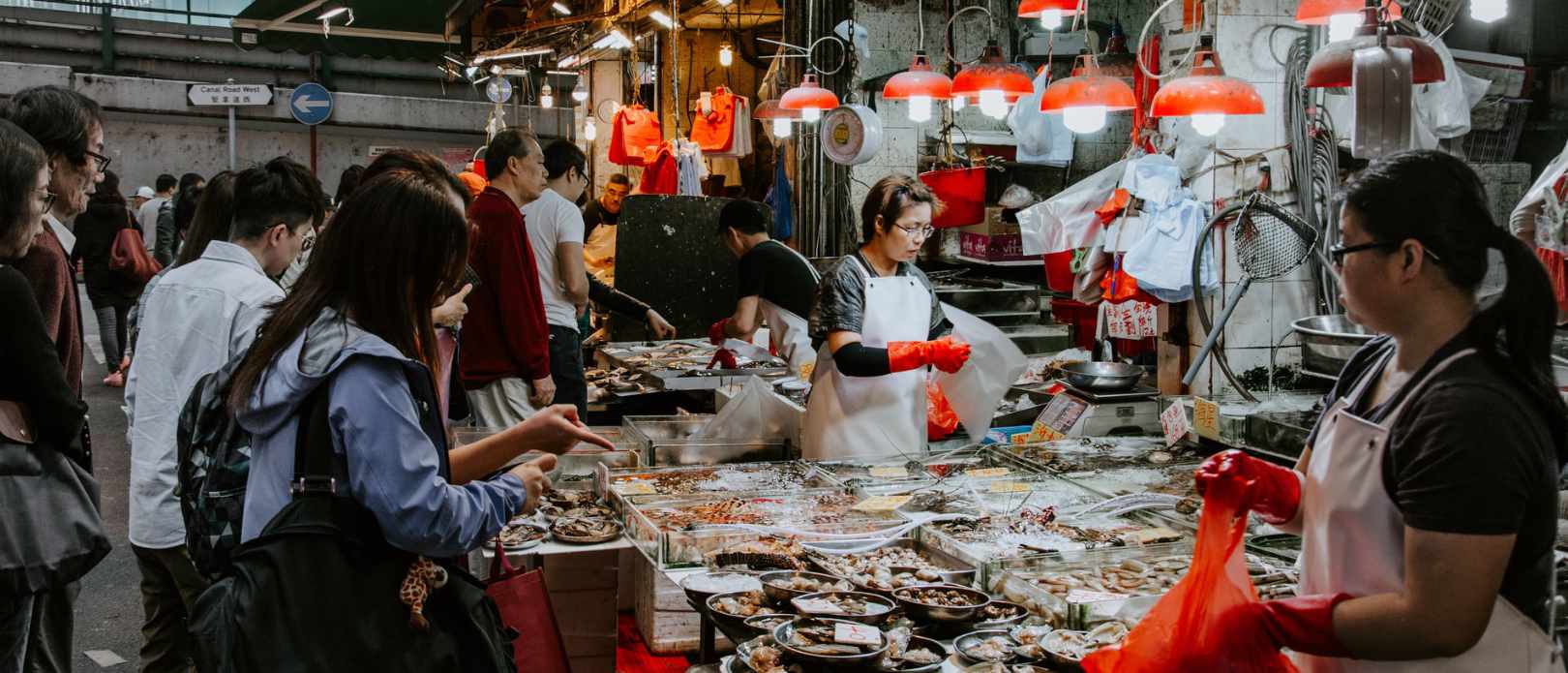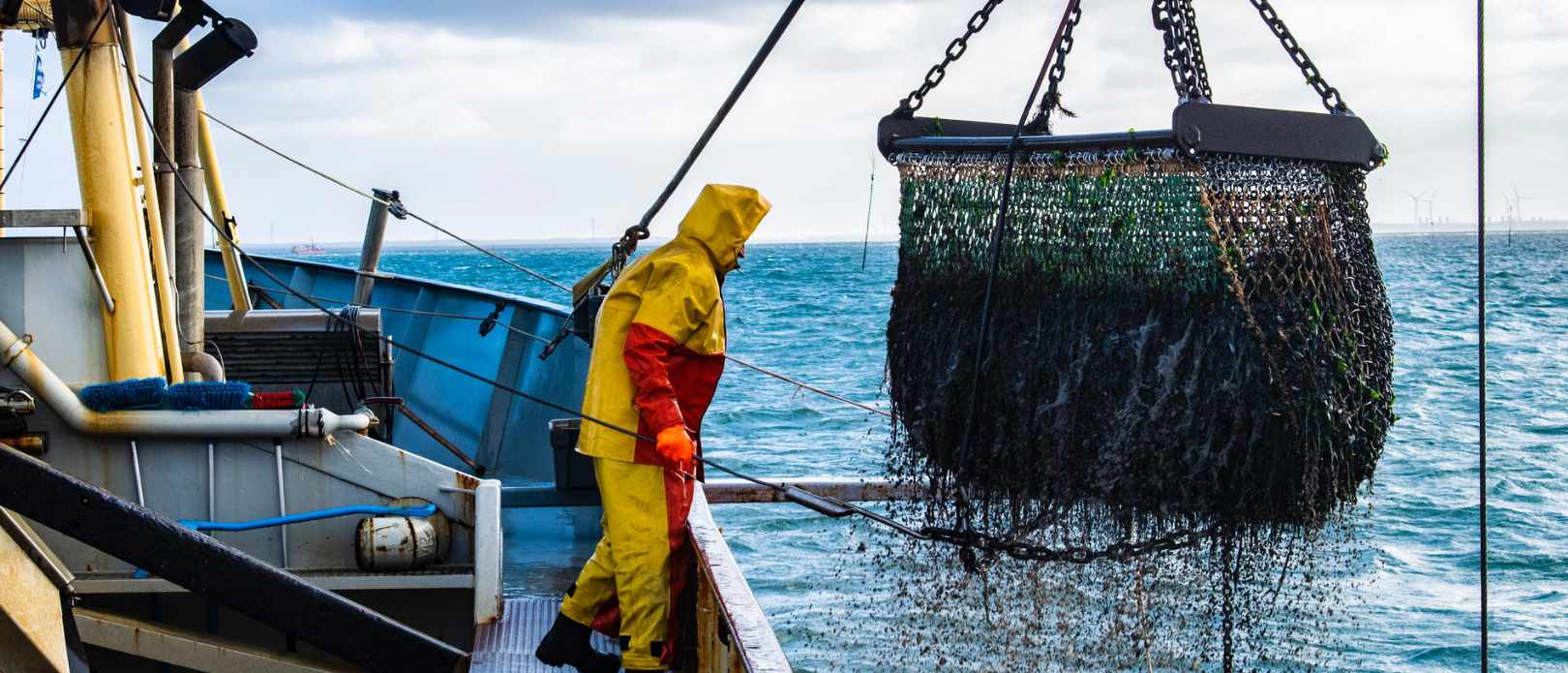FOOD PRODUCTION
Global demand for aquatic foods set to nearly double by 2050
Improvements to aquaculture production, lower prices, and changing cultural preferences expected to drive up demand for fish, seafood and seaweed
- China is expected to continue to be the world’s largest fish consumer
- Africa as a whole has witnessed a continent-wide increase in the import share of fish consumption from around 15 per cent in 1970 to almost 40 per cent in 2017
- Future increases in demand are likely to be met almost exclusively from aquaculture
The world is likely to eat twice as much fish and aquatic foods by 2050 compared to 2015, according to a landmark review of “Blue Foods”.
In a new paper published as part of a series of five initial reports in the Blue Food Assessment, experts projected global consumption would increase from 80 million tonnes in live weight to almost 155 million tonnes across all fish and shellfish categories in the next three decades as long as production keeps pace and real prices do not rise.
Among the authors are centre researchers Beatrice Crona and Malin Jonell.
See overview of all five papers at the bottom of the article.
China is expected to continue to be the world’s largest fish consumer, with the majority of recent growth in demand coming from Asia. However, the authors of the paper, entitled “Blue food demand across geographic and temporal scales,” noted the beginning of a dietary transition in sub-Saharan Africa, where demand has grown faster than supply.
Efforts should be taken to improve aquatic food production so that supply can match the clear demand we are seeing throughout the world for affordable, nutritious and sustainable blue foods.
Professor Rosamond Naylor, co-lead author and founding Director at the Center on Food Security and the Environment at Stanford University
Scratching the surface
Unlike improvements in the production of livestock like chicken, there is still significant room for expansion in the production of blue foods, and we are only just scratching the surface of how sustainable this can be.

As some countries, such as China, are witnessing a growth in national incomes, demand has already begun to shift towards less environmentally sustainable blue foods such as salmon and shrimp due to changing tastes among higher income earners, yet consumption of freshwater fish and bivalves also remains strong.
The sustainability of blue food consumption will depend critically on which types of fish are eaten, and where and how they are produced, the paper notes.
Future increases in demand are likely to be met almost exclusively from aquaculture, which is predominantly situated in Asia.
Think carefully about trade-offs
Improving the supply of blue foods and re-directing exports of blue foods towards domestic consumption in certain countries, such as India and Chile, could also help to address the transition towards sugary and fatty foods, as well as nutritional issues and non-communicable diseases that are emerging in developing regions.
“Given the geographic patchiness of production, trade in blue foods will likely grow. As it does, blue food exporters will need to think carefully about the trade-off between export revenues and domestic nutrition,” said Professor U. Rashid Sumaila, co-author and Canada Research Chair in Interdisciplinary Ocean and Fisheries Economics at the Institute for the Oceans and Fisheries, University of British Columbia.
In Nigeria, fish have traditionally been among the cheapest animal-source foods and a key source of nutrition, but limited domestic supplies and rising imports of frozen fillets have caused prices to rise in the last decade.
Understanding is still limited
Africa has witnessed a continent-wide increase in the import share of fish consumption from around 15 per cent in 1970 to almost 40 per cent in 2017, while the import share of all foods consumed is around 16 per cent.
To build better models projecting the shifts in demand for blue foods, the authors highlighted the need to harmonize and improve data collection on the amounts and types of fish consumed at sub-national to global scales, including fish consumed out of home with increased urbanization.
“Our understanding of demand for food products is limited – consumption estimates are currently based on production and trade data, not dietary intake, and most blue food production and consumption is local,” said co-lead author Avinash Kishore, Research Fellow at the International Food Policy Research Institute (IFPRI).
The research, which is part of a series of peer-reviewed papers, also highlights that most studies of blue food demand overlook aquatic plants, seaweed, and other aquatic animals, failing to represent the true variety and diversity that is intrinsic to the sector.
Summary of science papers
Food security for millions undermined by lack of policy support for small-scale fisheries and aquaculture
A new paper highlights the important role of small-scale fisheries and aquaculture in supporting livelihoods worldwide and tackling some of the world’s most pressing challenges.
Aquatic foods offer great untapped potential for providing more sustainable diets
First assessment of its kind produces environmental profiles for the full range of aquatic, or blue foods, to help guide more sustainable food production and diets.
Climate change creates ‘double jeopardy’ for fish-dependent countries
A new study highlights the importance of collective action to boost resilience across all aquatic food systems to stave off the worst effects of climate change.
Global demand for aquatic foods set to nearly double by 2050
Improvements to aquaculture production, lower prices, and changing cultural preferences expected to drive up demand for fish, seafood and seaweed, according to new research.
More affordable aquatic foods could prevent 166 million micronutrient deficiencies worldwide, finds new paper
For the first time, the nutritional benefits of thousands of marine and freshwater species have been profiled in a new study.
Naylor, R.L., Kishore, A., Sumaila, U.R. et al. Blue food demand across geographic and temporal scales. Nat Commun 12, 5413 (2021). https://doi.org/10.1038/s41467-021-25516-4
About the Blue Food Assessment
The Blue Food Assessment (BFA) is an international joint initiative bringing together over 100 scientists from more than 25 institutions. Led by the Stockholm Resilience Centre, Stanford University, and EAT, the BFA supports decision-makers in evaluating trade-offs and implementing solutions to build healthy, equitable and sustainable food systems.
For more information about the assessment, contact:
Sturle Hauge Simonsen, head of communications, Stockholm Resilience Centre








